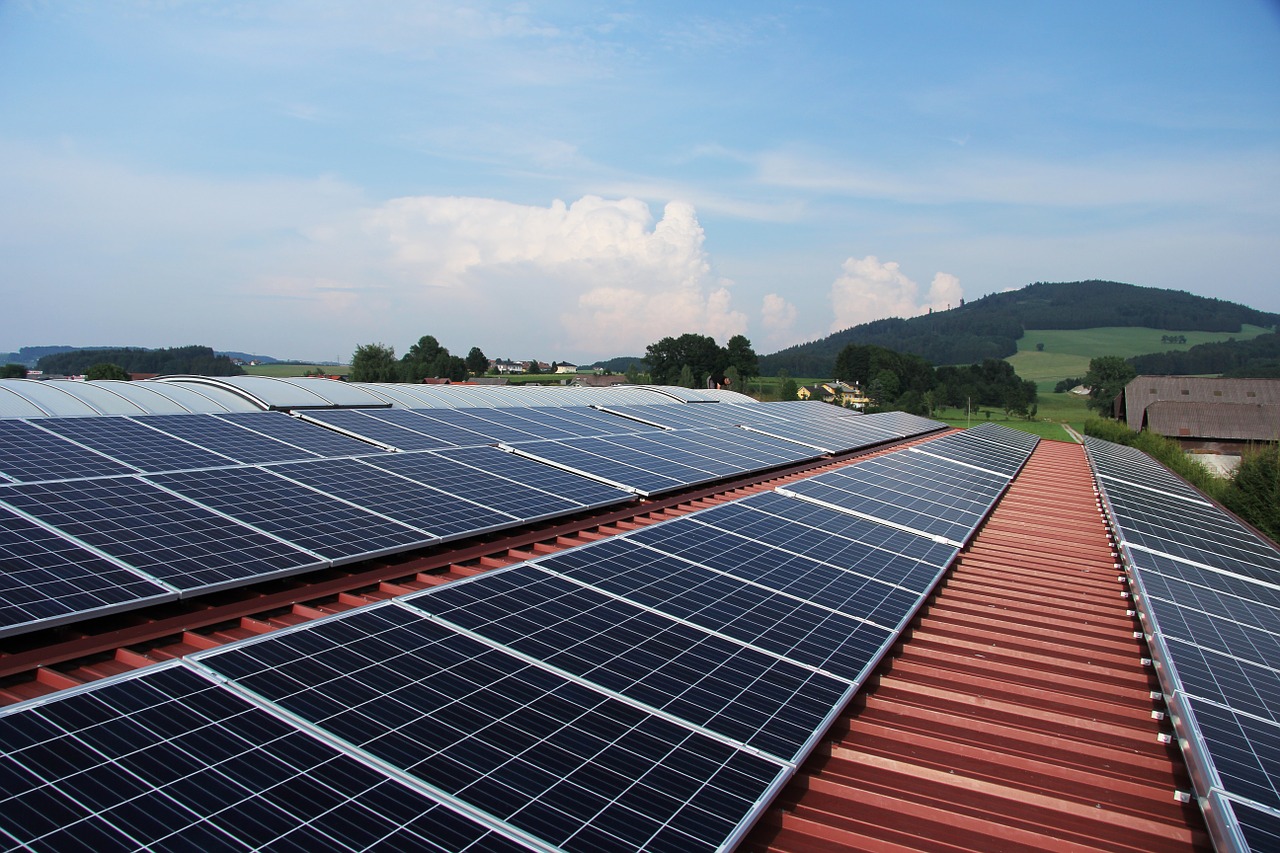LEED v4.1 is now available for residential/homes, and cities and communities. LEED v4.1 certification emphasizes performance monitoring, fully integrated design, social equity and human health factors.
For the residential market, LEED v4.1 combines aspects from four previously-existing LEED for homes rating systems (LEED for Low-rise homes, LEED for Midrise Homes, LEED for Core and Shell and LEED for New Construction) into three rating systems – LEED v4.1 Residential: New Single-family homes, LEED v4.1 Residential: New Multifamily homes and LEED v4.1 New Multifamily homes core and shell.
The updated rating system is designed to make the decision to implement LEED easier for residential projects. LEED credits that have a higher value to homeowners and residents, such as health and well-being improved comfort, energy and water savings, green and healthy materials, are prioritized. Options have been added to existing LEED credits that lower both hard and soft costs to achieve certification.
For the LEED for Cities and LEED for Communities rating systems, LEED v4.1 expands on the earlier performance-based approach to support planning, design, operation and performance management phases of new and existing cities and communities.
Related Stories
| Nov 20, 2013
Boston officials grapple with impact of new FEMA flood maps
New federal maps for Boston significantly expand the number of homes and businesses in areas considered at high risk of flooding, a change that could force thousands of property owners to purchase expensive insurance and complicate redevelopment along the city’s waterfront.
| Nov 20, 2013
How LEED and Green Globes stack up
An analysis of the strengths and weaknesses of the Green Globes rating system and LEED standards puts LEED ahead, but doesn’t discount the merits of Green Globes.
| Nov 14, 2013
First LEED v4 certified project garnered by Beijing furniture showroom
Haworth’s showroom in Beijing’s Parkview Green building has been recognized as the world’s first certified LEED project under the USGBC’s new LEED version 4 beta program.
| Nov 14, 2013
OSHA proposes requirement for large firms to disclose workplace injuries
A proposal from the Occupational Safety and Health Administration would require companies with more than 250 employees to disclose workplace injury and illness reports online.
| Nov 14, 2013
GSA asks for input to help study energy-efficient technologies on its buildings
The General Services Administration has posted a request online, asking those in industry, academia and nonprofits for information on green building technologies.
| Nov 14, 2013
Document on gypsum boards sets stage for preparing Environmental Product Declaration
The Gypsum Association has completed the development of a product category rules (PCR) document for North American gypsum boards.
| Nov 14, 2013
ISO, FLASH team up to promote stronger building codes
ISO has joined the national nonprofit Federal Alliance for Safe Homes (FLASH) to encourage communities to build disaster-resistant buildings that can withstand hurricanes, tornadoes, earthquakes, and other catastrophic events.
| Nov 6, 2013
Cost to small businesses from silica rule is raised by progressive group
The silica-dust rule from the Occupational Safety and Health Administration could put small businesses at a disadvantage on the cost of complying with the mandate, according to the Center for Progressive Reform.
| Nov 6, 2013
Uneven snow load concern prompts structural study of Minnesota college auditorium roof
The roof of the Memorial Auditorium of Concordia College in Minnesota will undergo a complete structural analysis because it was built to 1946 codes and may not be able to accommodate uneven snow loads.
| Nov 6, 2013
Dallas’s goal of carbon neutrality by 2030 advances with second phase of green codes
Dallas stands out as one of the few large cities that is enforcing a green building code, with the city aiming to be carbon neutral by 2030.
















